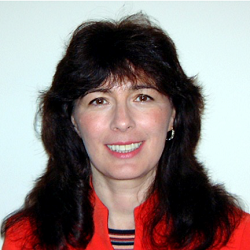News & Events / BME Seminar Series / Past Seminar Speakers / 2018-19Two Genes Lecture 2019

41st Two Genes Memorial Lecture
Eugene W. Skinner & Eugene P. Lautenschlater
Tuesday, February 26, 2019
Host: Professor Evan Scott
Amy Smith Berylson Professor of Materials Science, Harvard University
Professor of Chemistry and Chemical Biology, Harvard University
Director of the Kavli Institute for Bionano Science and Technology, Harvard University
Platform Leader in the Wyss Institute for Biologically Inspired Engineering, Harvard University
Non-Fouling Medical Devices: Slippery Coatings That Resist Adhesion of Biological Matter
Living organisms and biological substances are among the most difficult and persistent sources of surface fouling, particularly in medical and marine settings. The ability of organisms to adapt, move, cooperate, evolve on short timescales, and modify surfaces by secreting proteins and other molecules enables them to colonize even state-of-the-art antifouling coatings, and small surface defects can trigger protein aggregation and blood clotting. Attempts to combat these issues are further hindered by conflicting requirements at different size scales and across different species. Our recently developed concept of Slippery, Liquid-Infused Porous Surfaces (SLIPS) provides a defect-free, dynamic liquid interface that overcomes many of these problems at once. A single surface is able to prevent adhesion of a broad range of genetically diverse bacteria, including many pathogenic species that underlie widespread hospital-acquired infections. The same approach resists adhesion of proteins, cells, and blood, preventing clogging and thrombus formation inside medical tubing and catheters. We are currently developing this strategy to solve longstanding fouling issues in a wide range of medical settings. Examples described in the lecture will include the use of this material in endoscopes, medical tubing and surgical instruments.
Learn more about Professor Joanna Aizenberg and their research.
